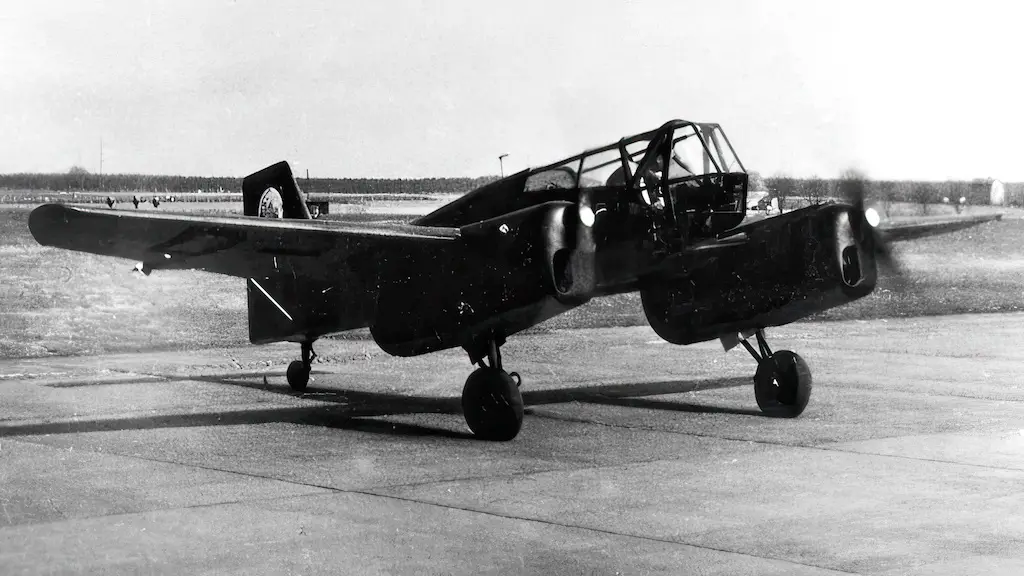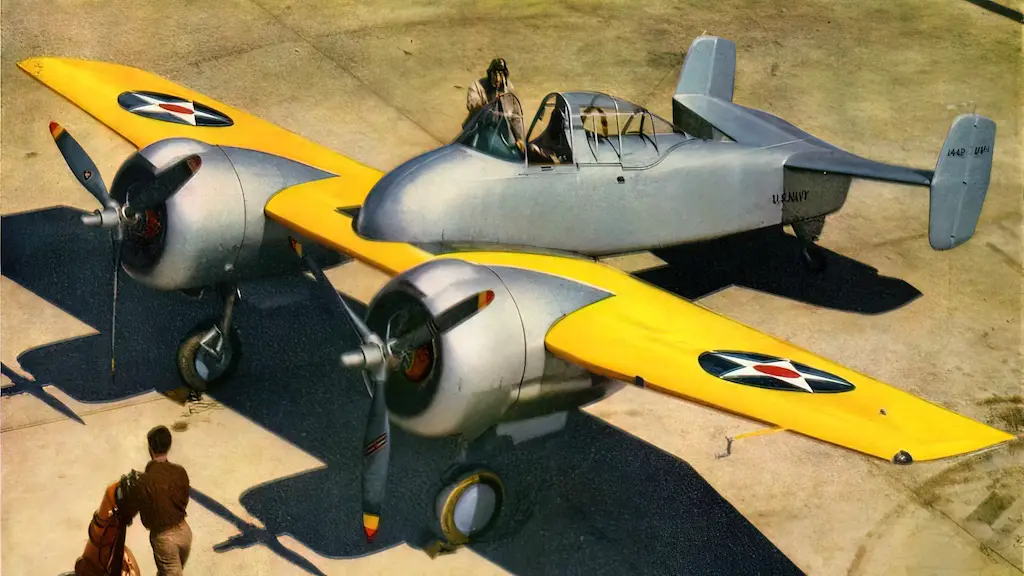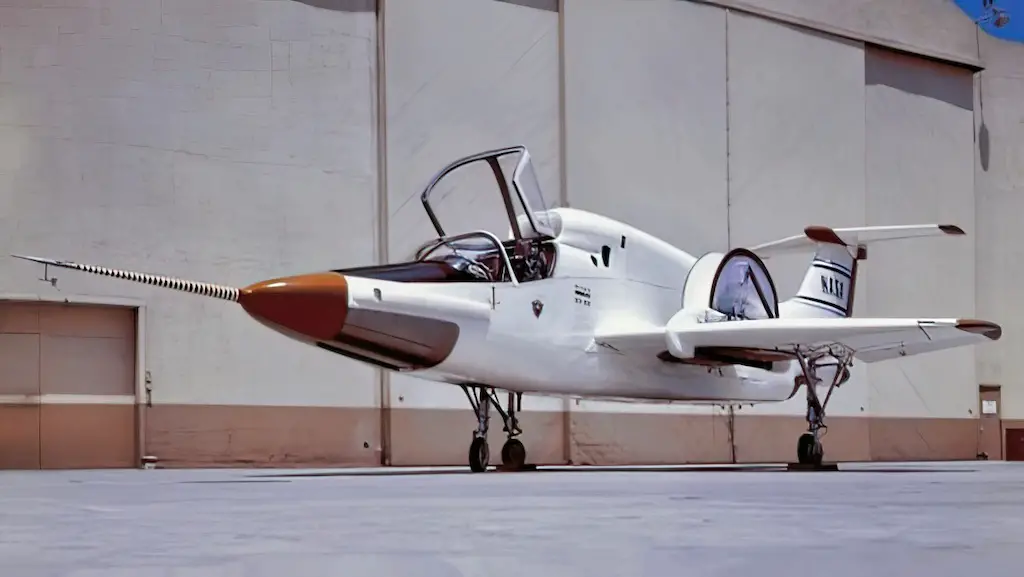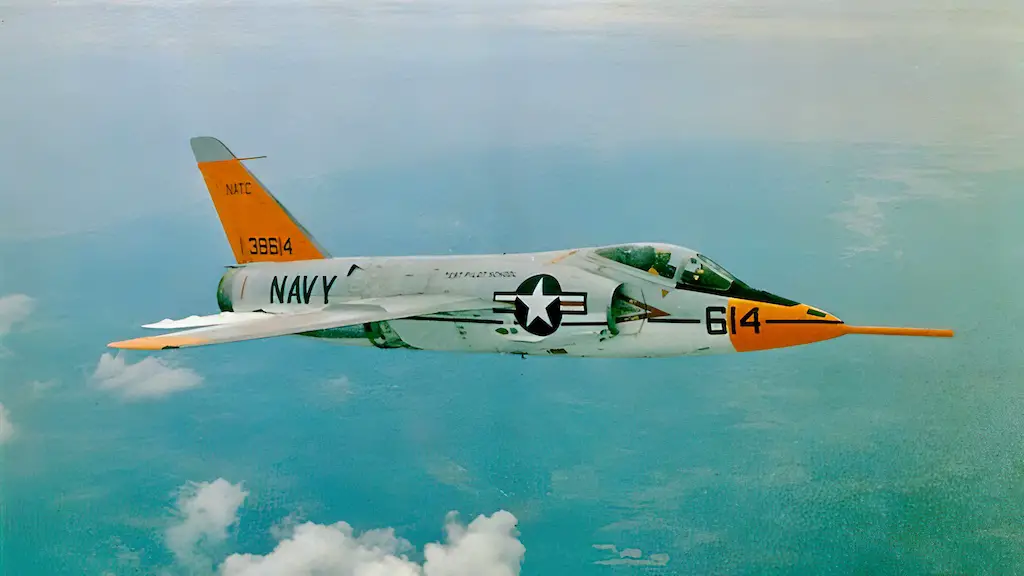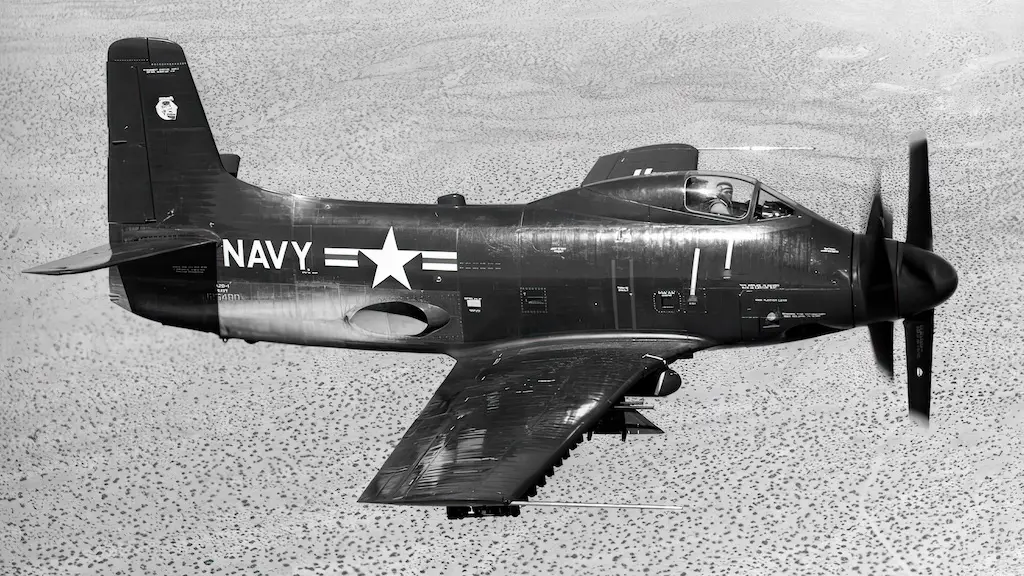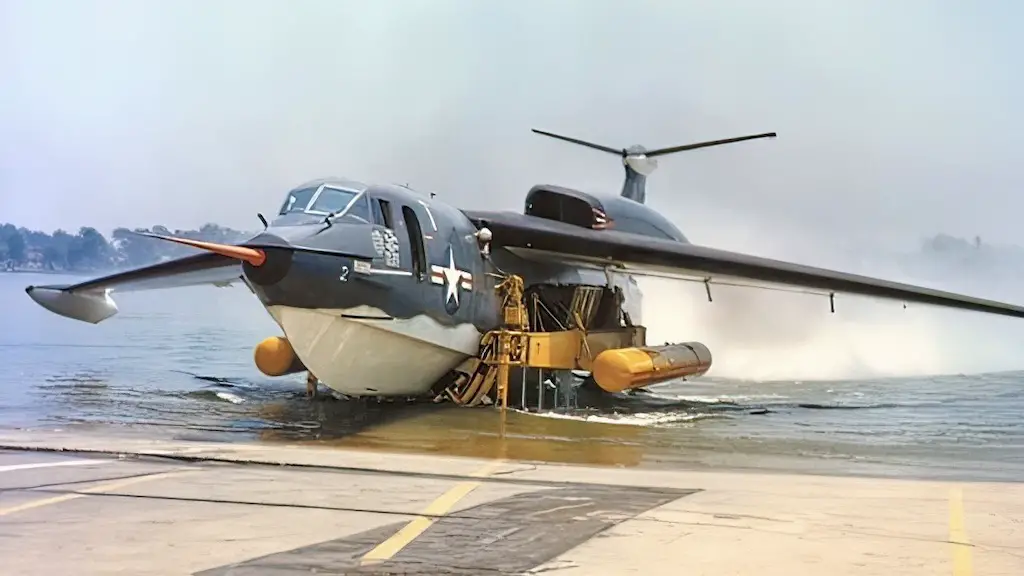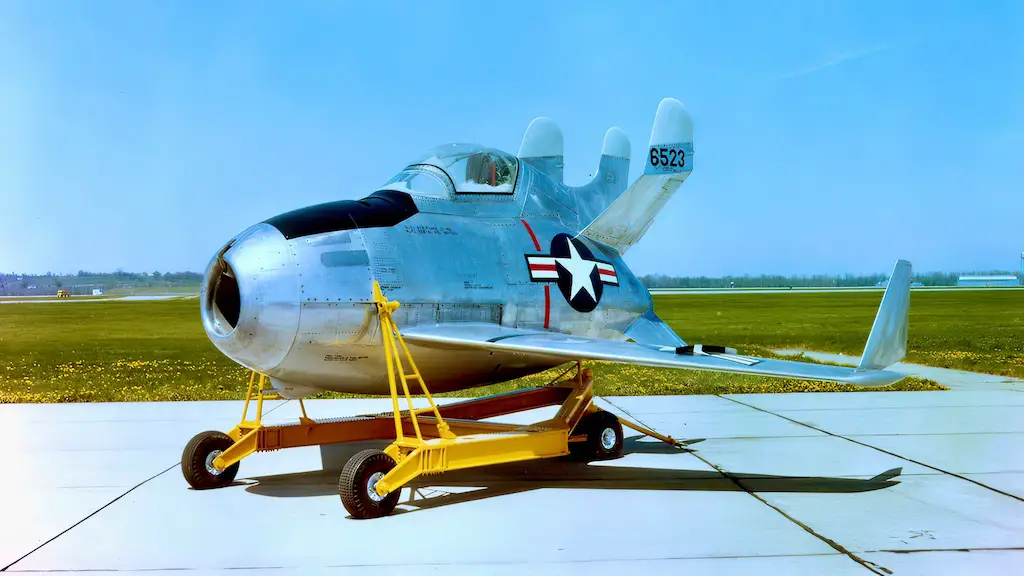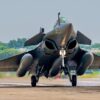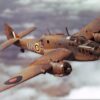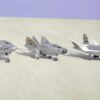In the intense theatre of World War II, innovation took center stage. Nations scurried to out-innovate each other, aiming for supremacy in the skies. Among the remarkable innovations to emerge from this crucible was the Akaflieg Berlin B9, an audacious dive bomber from Germany that dared to challenge existing norms. This aircraft utilized unconventional methods to tackle the debilitating effects of G-forces on pilots. A solution, quite radical for its time; an aircraft that deviated from the standard pilot seating arrangement by placing them in a prone position.
This revolutionary idea had its roots in a student research group called Aquaflig Berlin, established in 1920. The group shifted its focus to military projects during the war, but the true inspiration came from a Stuttgart-based group. They crafted a prone-position glider, the FS-17, which could withstand up to 14 G’s. This foundational work paved the way for Aquaflig Berlin’s undertaking, leading to the B9 prototype in early 1943.
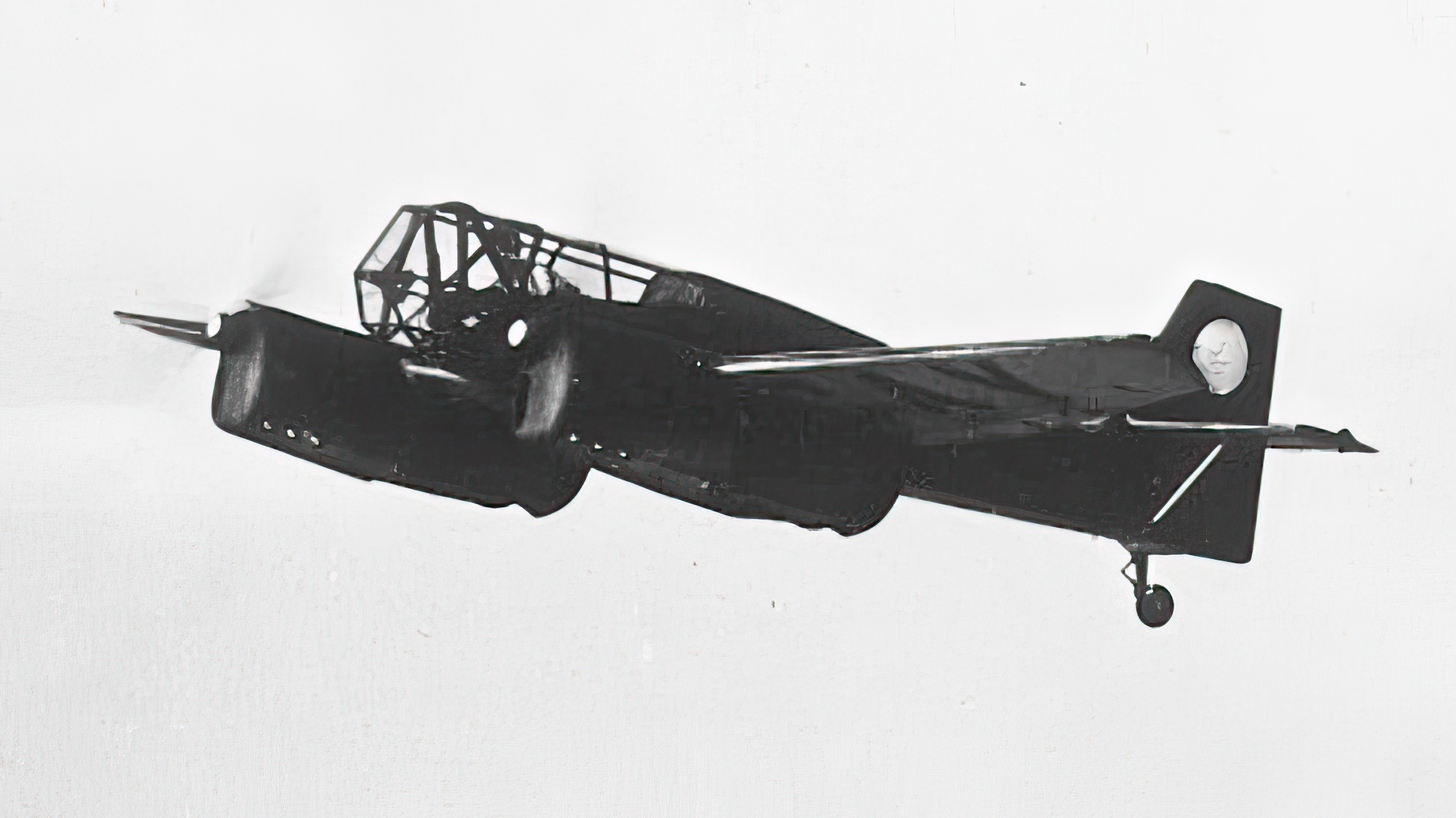
Beneath the Hood
The B9, with its distinctive glass nose and canopy, was not only innovative in terms of the pilot’s seating but also in its construction. The bird housed twin Hirth HM 500 engines beneath each wing, each delivering 105PS, allowing for a robust power output. The aircraft combined a mix of trapezoidal steel, wood, canvas, and doralemon sheets for a sturdy build. This ensemble ensured the aircraft could achieve speeds of up to 160 mph, contrary to the initial estimates of 250 mph.
The fully glassed nose was instrumental for pilots since the prone position meant their gaze would naturally incline downward. It was complemented by a chin rest for added visibility. Meanwhile, the cockpit controls were smartly positioned on either side, with foot controls for rudders and brakes. The engine instruments were stationed behind the pilot and could be viewed through a mirror, a nod to the craft’s innovative design ethos.
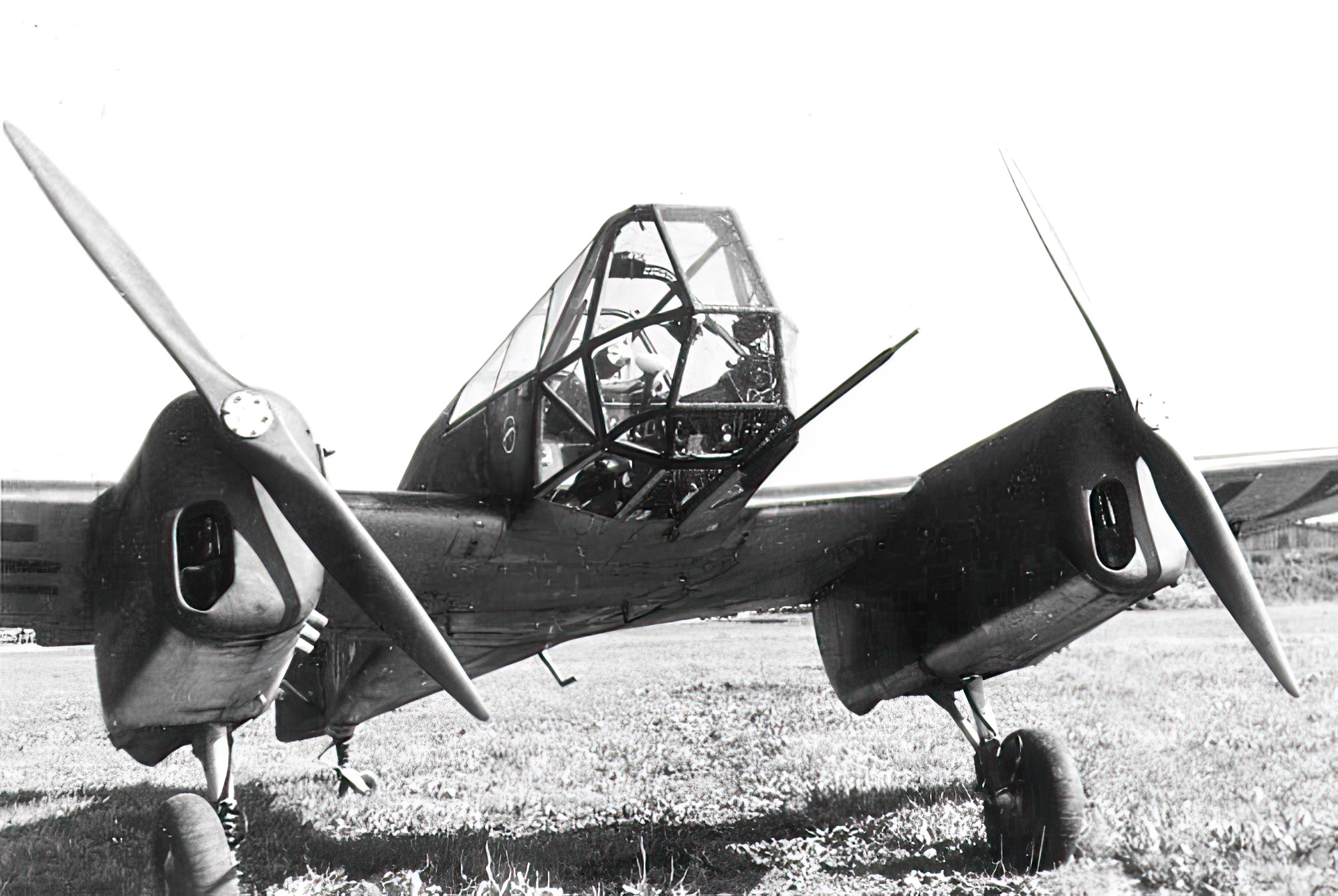
Flight Characteristics
Beyond its physical specs, what set the B9 apart was its resilience against G-forces. The prone position allowed pilots to withstand a staggering 8.5 G’s without any detrimental effects. In real-world terms, this meant pilots could engage in high-speed maneuvers without risking health hazards tied to blood displacement, from temporary vision loss to more severe conditions.
While the B9’s performance was admirable, its maximum speed fell short of the initial projections. The plane could only clock between 140 and 160 mph. Nevertheless, its G-force resistance was groundbreaking, and the design truly showcased the aircraft’s prowess.
Lessons from the B9
Despite its promise and groundbreaking design, the B9’s reign was short-lived. Testing ground to a halt by October 1943. Though the exact reasons remain clouded in history, the war’s shifting dynamics likely played a role. As Germany found itself increasingly cornered, resources were likely diverted to more immediate defense needs rather than the further evolution of the B9.
Following the war’s end, the B9 likely met its demise at the hands of U.S forces. However, its legacy as a vanguard of aviation innovation remains. While the prone pilot position didn’t become a staple in aircraft design, the B9’s spirit of innovation and willingness to push boundaries is a lesson for all eras. It underscores the importance of constantly reimagining, testing, and evolving—even against the backdrop of a global conflict.
